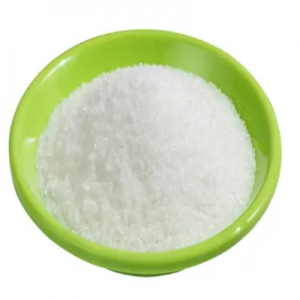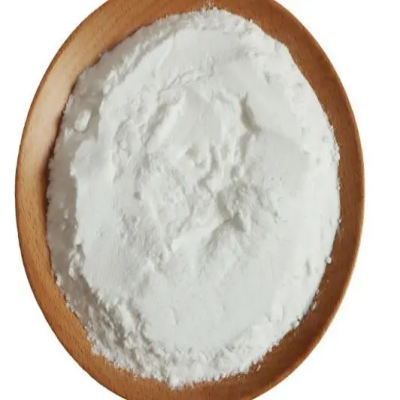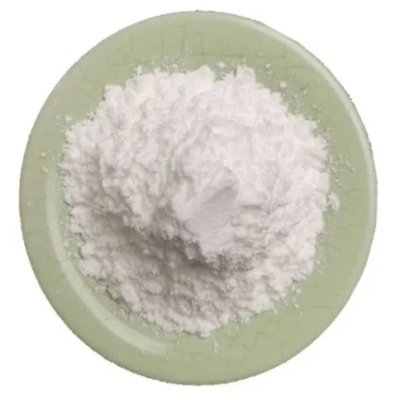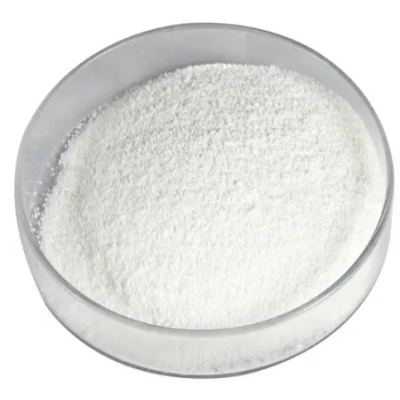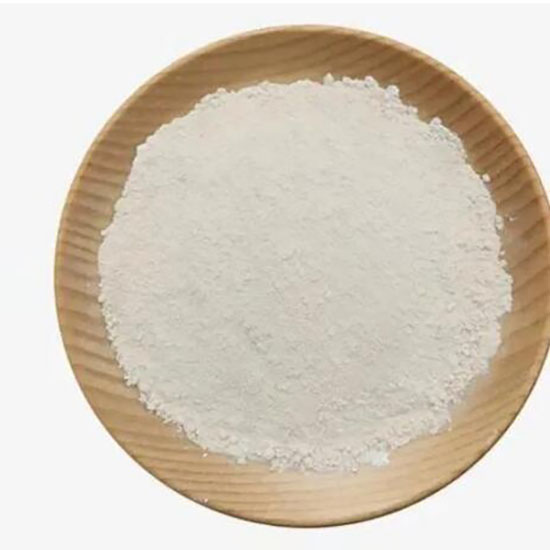2-(Trifluoromethyl)benzyl bromide CAS:395-44-8
In organic synthesis, 2-(trifluoromethyl)benzyl bromide serves as a versatile building block for the preparation of fluorinated aromatic compounds. The trifluoromethyl group introduces specific electronic and steric effects, influencing the reactivity and selectivity of chemical reactions. Chemists utilize 2-(trifluoromethyl)benzyl bromide in the synthesis of pharmaceuticals, agrochemicals, and specialty chemicals with tailored functionalities, leveraging the unique properties conferred by the trifluoromethyl moiety. Applications in Pharmaceuticals 2-(Trifluoromethyl)benzyl bromide finds utility in pharmaceutical research as a key intermediate for the synthesis of fluorinated drug molecules. The presence of the trifluoromethyl group can significantly enhance the metabolic stability, lipophilicity, and bioavailability of drug candidates. Researchers employ derivatives of 2-(trifluoromethyl)benzyl bromide in the development of pharmaceuticals targeting various diseases, including central nervous system disorders and cancer, harnessing the advantageous properties imparted by the trifluoromethyl substituent. Role in Agrochemicals In the agrochemical industry, 2-(trifluoromethyl)benzyl bromide is utilized in the synthesis of fluorinated pesticides and herbicides. Fluorinated agrochemicals exhibit enhanced efficacy and environmental compatibility compared to their non-fluorinated counterparts, contributing to sustainable agricultural practices. Incorporating 2-(trifluoromethyl)benzyl bromide into agrochemical formulations allows for the design of products with improved activity against pests and weeds while minimizing ecological impact, thereby promoting more efficient crop protection strategies. Contribution to Materials Science 2-(Trifluoromethyl)benzyl bromide plays a significant role in materials science as a precursor for the fabrication of fluorinated materials with tailored properties. The presence of the trifluoromethyl group enables precise control over the physicochemical characteristics of materials, including their surface energy, thermal stability, and electronic properties. Researchers leverage 2-(trifluoromethyl)benzyl bromide-based compounds to engineer materials for applications in coatings, polymers, and electronic devices, facilitating advancements in material design and functionality. Conclusion In conclusion, 2-(trifluoromethyl)benzyl bromide emerges as a versatile compound with significant implications in organic synthesis, pharmaceuticals, agrochemicals, and materials science. The trifluoromethyl group confers unique properties that enable its diverse applications across various industrial and scientific sectors. The broad utility of 2-(trifluoromethyl)benzyl bromide underscores its importance in driving innovation and progress in fields ranging from drug discovery to materials engineering, contributing to the development of advanced technologies and sustainable solutions.



| Composition | C8H6BrF3 |
| Assay | 99% |
| Appearance | white powder |
| CAS No. | 395-44-8 |
| Packing | Small and bulk |
| Shelf Life | 2 years |
| Storage | Store in cool and dry area |
| Certification | ISO. |



